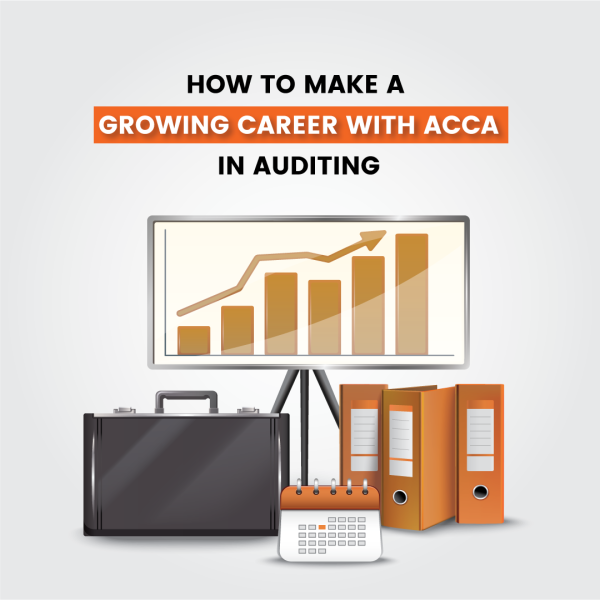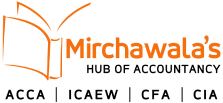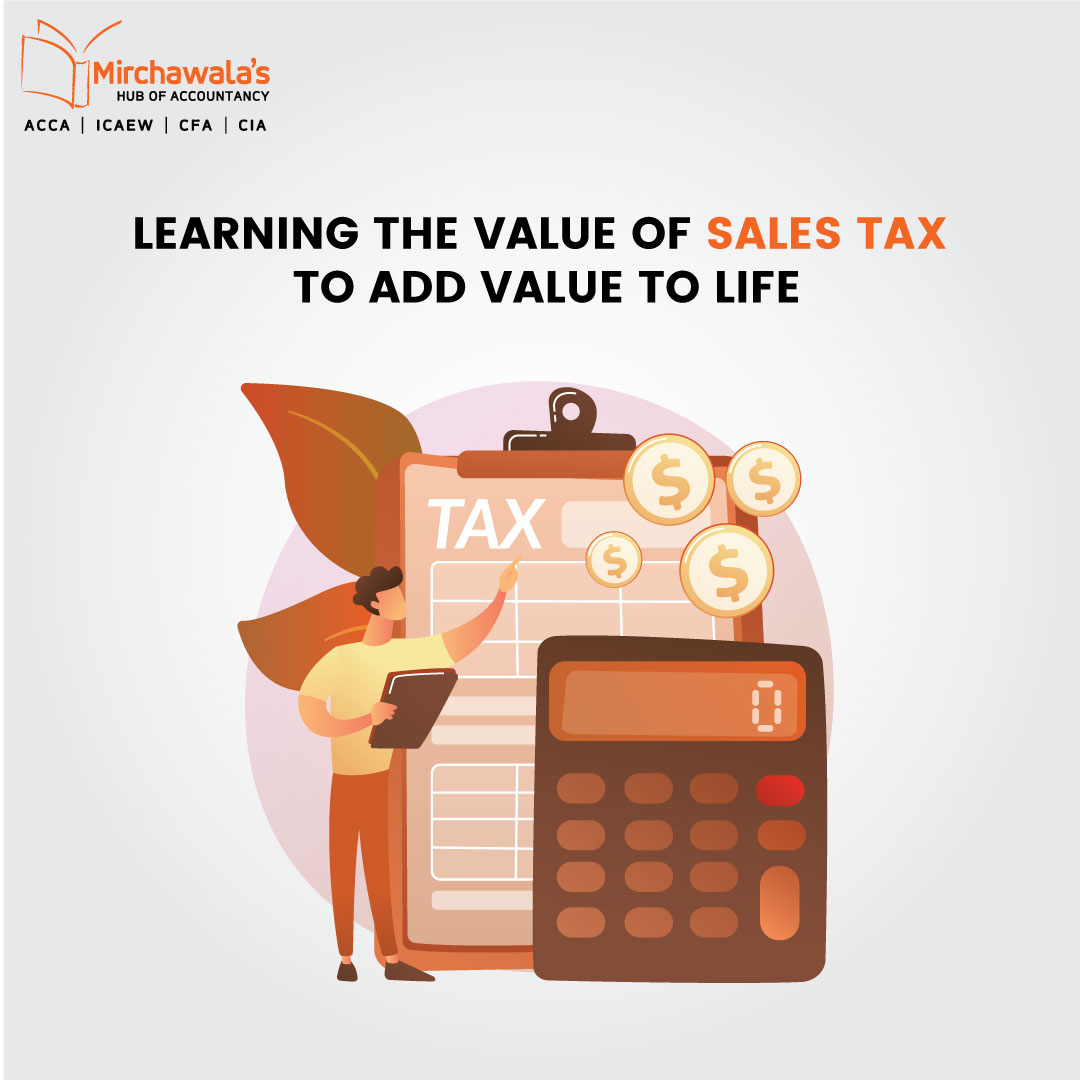LEARNING THE VALUE OF SALES TAX TO ADD VALUE TO LIFE
LEARNING THE VALUE OF SALES TAX TO ADD VALUE TO LIFE
Sales Tax is an integral part of the F3 syllabus taught at Mirchawala’s Hub Of Accountancy by the legendary Sir Mustafa Mirchawala, who possesses years of experience in the teaching and training field. A lot of successful young people are a byproduct of his meticulously taught methodology, his techniques and mostly his excellence. Since and even before COVID 19, Mirchawala’s Hub of Accountancy has crafted an excellent hybrid mode of learning, facilitating its students from all over. Students can either study in the comfort of their homes, at any time in the day, altering the speed of recorded lectures or they can come to the campus, mingle with their fellows, do peer studies and focus and get in the zone in the quiets of the library. Very few institutions have been able to successfully pull the hybrid mode of learning, but Mirchawala’s Hub Of Accountancy has always stood at the forefront of adapting to new trends and ever changing technology.
For the longest time, a lot of trade would happen through the barter system. People would exchange goods from other people in order to get what they require. And for obvious reasons, barter was not the most effective form of trade. As time evolved, money took a lot of forms and now finally, we print notes and have plastic money in forms of credit and debit cards, and even non existent money without any shape or form, in the form of decentralised nominal ledger, commonly known as the cryptocurrency.
But as everything becomes more evolved, infrastructures get more complex, simple organisations turn into multinationals, corporations divide into public and private sectors, and the income disparity increases. As the system got more complex, governments started filing an apportion of people’s income, thus developing the concept of taxes.
Before delving into the concept of Taxes, it is essential to know how the transactions occur in businesses. There are two types of sales, Credit Sales and Cash sales. Cash sales is where businesses receive immediate payment from the customers. And Credit sales is a result of the customer paying the money for its transactions later, i.e it’s indebted to business. This is classified to be receivables. At the end of the credit term, the customer receives receipts from the business when their outstanding debts are cleared.
Sales return is when the product is returned back to the business by the customer. This can be due to multiple reasons, for example, the product might be faulty, there might be errors in the delivery of products.
In the same way, cash and credit purchases are the business’ transactions with its suppliers. Cash purchases it when they immediately pay off while credit purchases eludes as a transaction when the business will pay for its purchases in the future. This amount is classified as payables. And purchase returns are also like sales returns, but the business is the customer, this could be due to any error, damage or delivery of wrong products.
The globally accepted definition of taxes is ‘the amount of money the government requires people to pay according to their income, the value of their property etc, and that is used to pay for the things done by the government’. Taxes can be direct, paid directly to the government, or indirect, to the government by another party. Direct taxes tend to be progressive in nature while indirect taxes are regressive. The example of direct taxes can be income tax, or property tax, while the examples of indirect taxes can be Sales tax, commonly known as Value Added Tax (VAT).
By book definition, ‘Sales Tax is an indirect tax imposed by tax authorities or governments. A percentage is charged on goods sold’. Businesses are the agents of the government for the collection of sales tax. And they must register themselves with the relevant authorities to reclaim or charge sales tax. The burden of tax is borne by the final customer.
There are two types of sales tax, Output sales Tax, and Input sales tax. Input sales tax is a liability for government authorities to pay to the businesses and output tax is payable to the government authorities or relevant agencies by the businesses. Output Sales tax is charged to the customers, and input sales tax is charged to the businesses, which is later returned.
This can be better explained through an example. For eg. Pablo Co. manufactures and supplies surgical equipment in general stores. So when they buy the raw materials for the manufacture of those materials, they will be charged tax, which is the input VAT, and this will be returned back to them if they are registered. And the tax they charge to the customers is the output VAT, which they are liable to pay to the tax authorities.
It is usually calculated as a percentage of the price of the product. It can either be inclusive or exclusive. That means it is either already included in the price of the product, or it is charged as an additional percentage of the product we get.
It is essential to have a basic understanding of what tax is and how it contributes to our expenditure. Since it is charged more on luxury products and less on necessities and so on. And at Mirchawala’s Hub of Accountancy, you not only excel at your coursework but you also learn and develop basic lifelong skills that help you navigate the challenges of both your personal and professional life!
Frequently Asked Questions (FAQs):
Q1: What is Sales tax in Pakistan?
Ans: The Sales Tax in Pakistan is 18%.
Q2: What is the difference between Sales Tax and Income tax?
Ans: Income tax is a direct tax, paid directly to the Tax Authorities, while Sales Tax is indirect tax, which passes to the government through a third party.
Q3: What does GST stand for?
Ans: GST stands for Goods and Sales Tax.
Q4: Who pays Value Added Tax (VAT)?
Ans: Value Added Tax is borne by the final customer.
Recent Blogs:

ACCA Exam Results
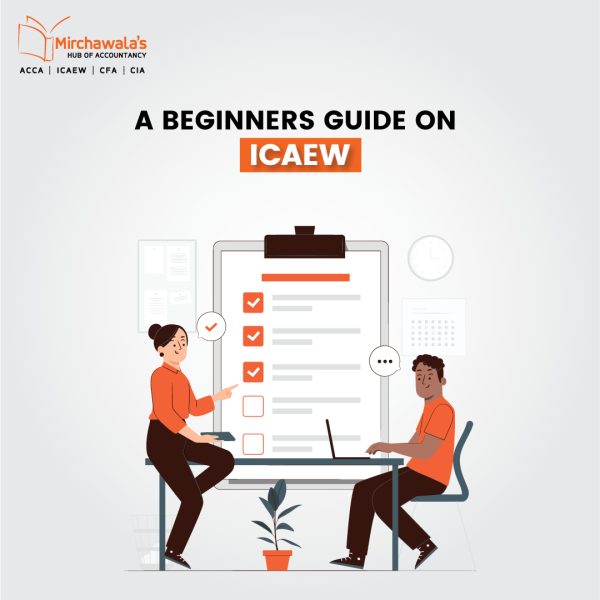
A Beginners Guide on ICAEW
